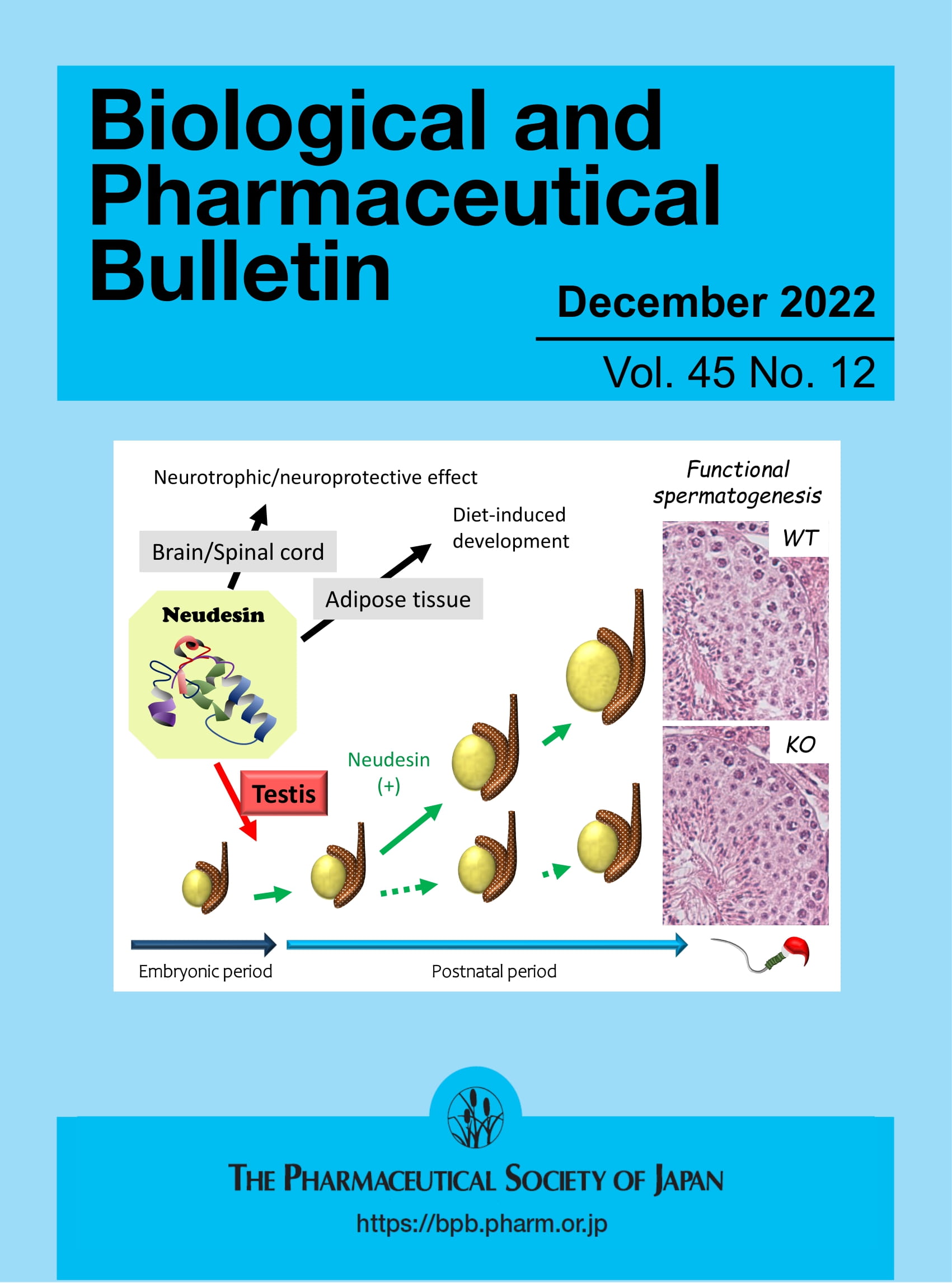Phytochemical Analysis of Semen Hoveniae and Its Potential Mechanism Against Alcoholic Liver Disease via an Integrated Approach Combining UHPLC-Q-TOF MS, Network Pharmacology, and Molecular Docking
Abstract
Rationale
Semen Hoveniae (SH), known as Zhijuzi in Chinese, is extensively utilized in China for the management of alcoholic liver disease (ALD) due to its recognized detoxification properties. Despite its extensive historical use, the detailed chemical profile and anti-ALD mechanisms of SH remain inadequately understood, significantly restricting its further therapeutic development.
Methods
The chemical constituents of SH were systematically profiled using ultra high-performance liquid chromatography coupled with time-of-flight mass spectrometry (UHPLC-Q-TOF MS). Potential molecular targets of identified compounds were predicted using the SwissTargetPrediction platform. Common targets were subsequently analyzed via Gene Ontology (GO) and Kyoto Encyclopedia of Genes and Genomes (KEGG) pathway enrichment analysis using the DAVID database. Network pharmacology results were validated by molecular docking.
Results
Seventy-six compounds were identified or tentatively characterized in SH, including 50 flavonoids, 15 saponins, 5 terpenes, 3 alkaloids, 2 phenylpropanoids, and 1 other type, among which seven were unambiguously identified using reference standards. Furthermore, seven potentially novel components were identified. Network pharmacology and molecular docking analyses elucidated the molecular mechanisms underlying SH's therapeutic effects on ALD. Three core molecular targets—AKT1, SRC, and EGFR—were identified. Key pathways closely related to ALD, such as glutathione metabolism and arachidonic acid metabolism, were notably enriched, suggesting their crucial roles in SH's hepatoprotective mechanisms. Molecular docking studies confirmed strong binding affinities (binding energies lower than −5.0 kcal/mol) between six active compounds (laricetrin, apigenin, quercetin, kaempferol, myricetin, and syringetin) and the three core targets (AKT1, SRC, and EGFR).
Conclusions
This study comprehensively characterizes the chemical compositions of SH and elucidates its potential mechanisms against ALD. These findings substantiate the hepatoprotective potential of SH, providing a solid scientific foundation for its traditional use and promoting the development of novel therapeutic approaches for ALD.




 求助内容:
求助内容: 应助结果提醒方式:
应助结果提醒方式:


